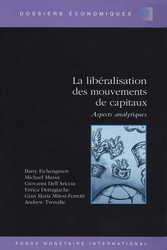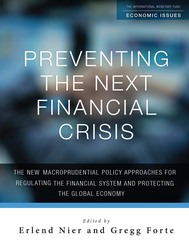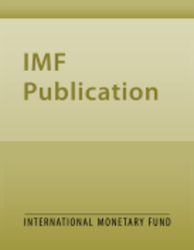
Moving to a Flexible Exchange Rate
How, When, and How Fast?
A growing number of countries are adopting flexible exchange rate regimes because flexibility offers more protection against external shocks and greater monetary independence. Other countries have made the transition under disorderly conditions, with the sharp depreciation of their currency during a crisis. Regardless of the reason for adopting a flexible exchange rate, a successful transition depends on the effective management of a number of institutional and operational issues. The authors of this Economic Issue describe the necessary ingredients for moving to a flexible regime, as well as the optimal pace and sequencing under different conditions.
Publication date: January 2006
ISBN: 9781589064768
$5.00
Add to Cart by clicking price of the language and format you'd like to purchase
Available Languages and Formats
| Arabic | ||||
| Chinese | ||||
| English | ||||
| French | ||||
| Russian | ||||
| Spanish |
Prices in red indicate formats that are not yet available but are forthcoming.
Topics covered in this book
This title contains information about the following subjects.
Click on a subject if you would like to see other titles with the same subjects.
Inflation , Money and Monetary Policy , EI , foreign exchange , central bank intervention , exchange rate regime , market , inflation targeting , Twoway exchange rate movement , exchange rate volatility , exchange rate misalignment , market participant , basket of currencies , undervalued exchange r
Summary
Copyright © 2010 - 2024
Powered by:
AIDC



